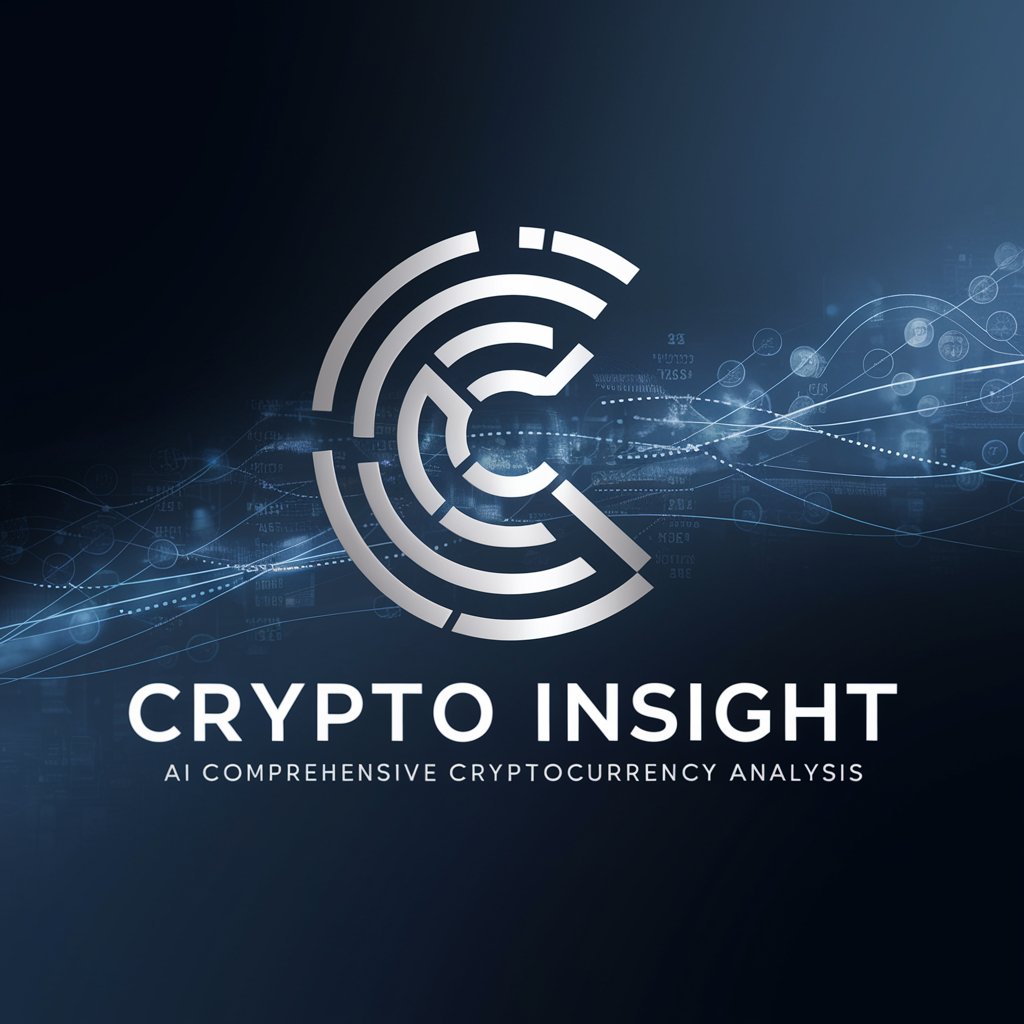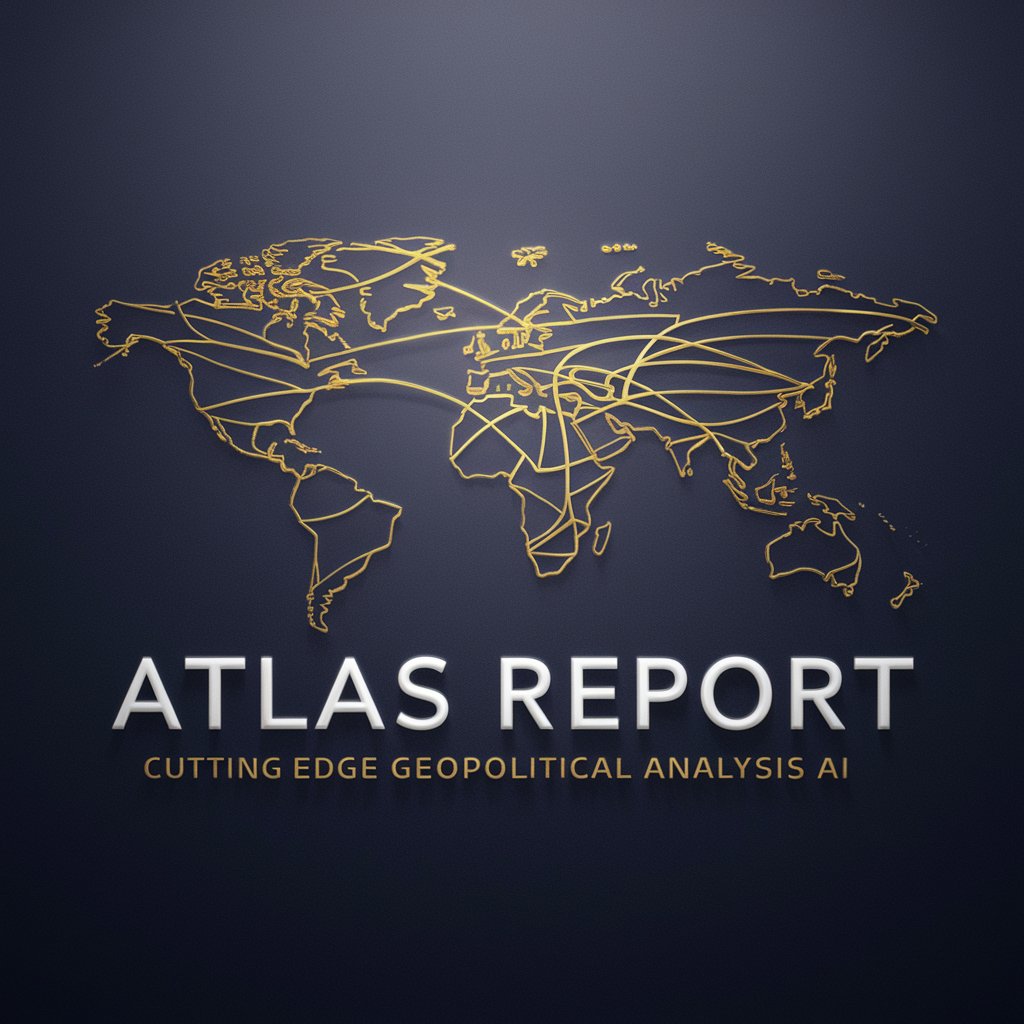5 GPTs for Competitive Assessment Powered by AI for Free of 2025
AI GPTs for Competitive Assessment refer to advanced artificial intelligence tools designed to analyze and interpret competitive landscapes using Generative Pre-trained Transformers. These tools leverage vast amounts of data to provide insights, predict trends, and offer strategic recommendations tailored to the competitive assessment domain. They are pivotal in deciphering complex market dynamics, enabling businesses to strategize effectively by understanding their position relative to competitors.
Top 5 GPTs for Competitive Assessment are: Startup Business Validator,Strategic Advisor,Crypto Insight,Tappstr Product Concept Evaluator,Atlas Report
Startup Business Validator
Empowering Startups with AI-Driven Insights

Strategic Advisor
Navigate Business Complexity with AI-Powered Insights

Crypto Insight
Deciphering Crypto Complexities with AI

Tappstr Product Concept Evaluator
Empowering Innovations with AI Insight

Atlas Report
Insightful AI-Powered Geopolitical Analysis

Key Attributes of AI GPTs in Competitive Analysis
AI GPTs for Competitive Assessment stand out for their adaptability, catering to a broad spectrum of tasks from simple market comparisons to in-depth competitive intelligence. These tools can process natural language, perform sophisticated data analysis, and even generate reports and presentations. Special features include real-time web searching, image generation for visual competitive landscapes, and the ability to learn from technical documents, making them indispensable for comprehensive competitive analysis.
Who Benefits from Competitive Analysis AI?
These AI GPTs tools are designed for a wide audience, including industry novices seeking foundational market insights, developers requiring advanced customization for specific analyses, and professionals in strategic planning, marketing, and business intelligence. The tools are accessible to users without programming skills, offering intuitive interfaces, while also providing extensive customization options for those with technical expertise.
Try Our other AI GPTs tools for Free
Crypto Resource
Discover AI GPT tools tailored for the crypto realm, designed to streamline tasks, enhance decision-making, and unlock insights in cryptocurrency and blockchain technology.
Advanced Mastery
Discover how AI GPTs for Advanced Mastery harness the power of specialized Generative Pre-trained Transformers to offer tailored solutions in complex fields, making advanced knowledge accessible to all.
Beginner Instructions
Discover AI-powered GPT tools designed for beginners, offering easy-to-understand instructions and personalized learning experiences to help navigate new concepts effortlessly.
Contract Resolution
Discover how AI GPTs for Contract Resolution are transforming the legal field, offering advanced solutions for managing and resolving contract issues with efficiency and precision.
Property Guidance
Discover the transformative power of AI GPTs in Property Guidance. These tools revolutionize real estate with tailored solutions, data-driven insights, and user-friendly interfaces, catering to professionals and novices alike.
Traffic Advisory
Discover AI GPTs for Traffic Advisory: cutting-edge tools transforming traffic management with real-time updates, predictive analytics, and route optimization for smarter commuting.
Expanding Horizons with AI in Competitive Intelligence
AI GPTs for Competitive Assessment are revolutionizing how businesses understand their competitive environment. Their user-friendly interfaces, combined with deep learning capabilities, enable a seamless integration into existing systems, offering a customizable, powerful tool for strategic analysis across various sectors.
Frequently Asked Questions
What are AI GPTs for Competitive Assessment?
AI GPTs for Competitive Assessment are artificial intelligence tools designed to analyze competitive landscapes, leveraging Generative Pre-trained Transformers to offer strategic insights and recommendations.
How do these tools adapt to different competitive analysis tasks?
These tools are highly adaptable, capable of handling tasks ranging from simple market comparisons to complex competitive intelligence gathering, thanks to their advanced data processing and natural language understanding capabilities.
Can non-technical users leverage these AI GPTs?
Yes, these tools are designed with user-friendly interfaces that allow non-technical users to easily conduct competitive analyses without the need for programming skills.
What makes AI GPTs unique in competitive analysis?
Their ability to process and analyze vast amounts of data in real-time, generate visual representations of competitive landscapes, and learn from technical documents sets them apart.
How do AI GPTs enhance strategic decision-making?
By providing detailed insights into market dynamics and competitor strategies, these tools help businesses make informed, strategic decisions to improve their competitive position.
Can these tools integrate with existing business systems?
Yes, many AI GPTs for Competitive Assessment offer integration capabilities, allowing businesses to leverage these insights within their existing workflows and systems.
Are there customization options for developers?
Absolutely, developers can access APIs and programming interfaces to tailor the tools to specific analysis needs or integrate them into larger systems.
What future trends are expected in AI GPTs for competitive assessment?
Future trends include enhanced predictive analytics, deeper integration with business intelligence platforms, and more sophisticated natural language processing to interpret complex market signals.